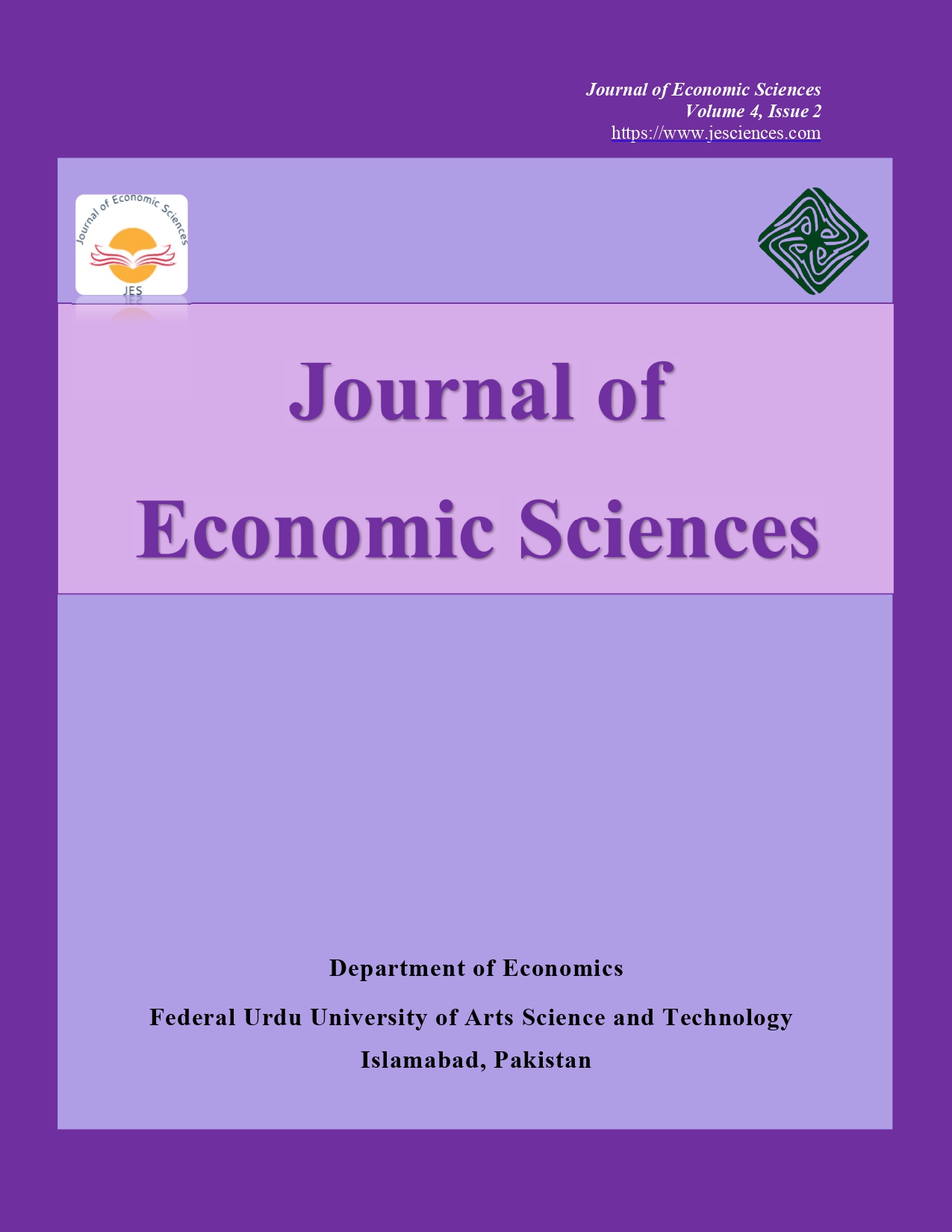Health Impacts of Smog and Climate Change in South Asia: An In-depth Analysis of its Determinants
Main Article Content
Abstract
Every region of the world has been impacted by climate change or is expected to be impacted in the future. One of the area’s most susceptible to climate change is South Asia. Extreme weather occurrences in 2022 provided a stark warning of the devastation that climate change can cause to the area. According to the World Bank, the floods in Pakistan caused eight million people to be evacuated, many casualties, and damages of USD 30 billion. This paper explores the effect of climate change in term of CO2 emission and smog under the framework of the Environmental Kuznets Curve for South Asia Region. The specific goal of this study is to manage the distinct socio-economic, environmental, and policy environments of South Asian countries while concentrating on global or regional trends and to suggest policy guidelines for the improvement of climate change. The study utilized data from two separate sources: WDI, and the KOF Index. Fixed effect regression model is used for the method of estimation. From 2000 to 2020, four South Asian nations are examined in this study: India, Pakistan, Bangladesh, and Iran. The findings of the analysis show that economic growth has a positive and noteworthy impact on carbon dioxide emissions. The findings of the analysis of foreign direct investment show that the region of South Asia has negative and insignificant effects on CO2 emissions. The government should strengthen fuel efficiency and emission standards for vehicles, with a focus on reducing NOx and volatile organic compounds (VOCs). Support for electric vehicles (EVs) should also be increased through financial incentives, subsidies, and the expansion of charging infrastructure.
Article Details

This work is licensed under a Creative Commons Attribution 4.0 International License.
